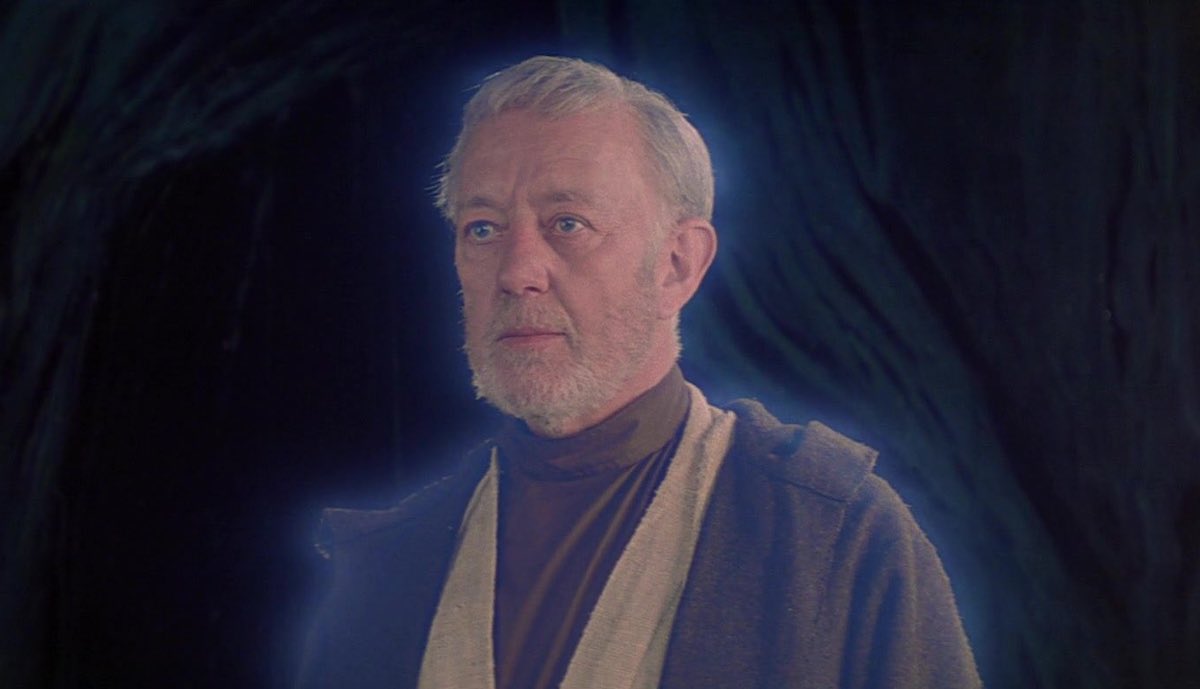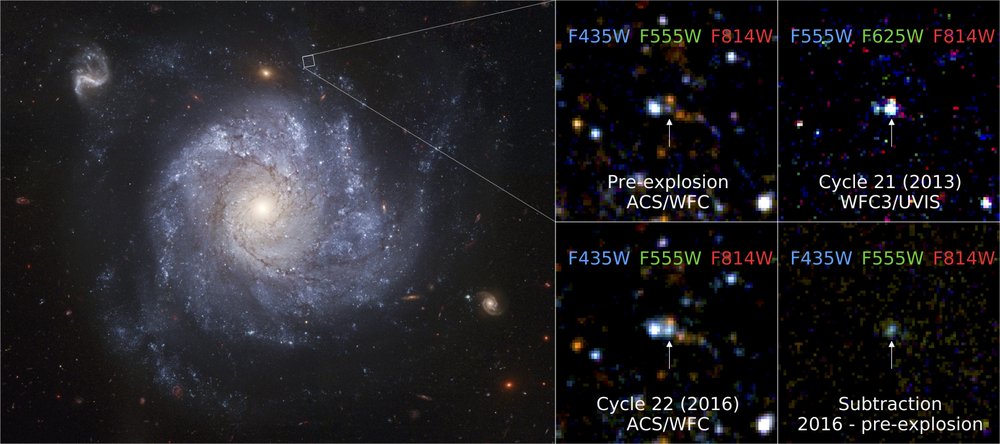Santa Barbara Astronomer Spots the Obi-Wan Kenobi of Supernovas
SN 2012Z Cheated Death and Came Back More Powerful Than Before

Normally, when a star goes supernova, the thermonuclear explosion blows it utterly apart, leaving nothing behind. An astronomer with Las Cumbres Observatory announced this week, however, that he observed a supernova named SN 2012Z in the nearby spiral galaxy NGC 1309 that had not only survived the explosion but grew larger and brighter as a result.
“I was stunned,” said Dr. Curtis McCully of the discovery, which was the subject of a Wednesday press conference and a newly published article in The Astrophysical Journal. “My immediate reaction was that I did something wrong.” But a re-analysis of the data revealed McCully’s eyes weren’t deceiving him and SN 2012Z had in fact cheated death.
His new observations confirmed what had only been a working theory. SN 2012Z turned out to be a rare type of supernova, referred to as a Type Iax supernova, that are the dimmer, weaker cousins of the more traditional Type Ia supernova and are the result of a failed Type Ia explosion. McCully and his team believe the half-exploded star got brighter because it puffed up to a much larger size. Over time, they expect it to slowly return to its initial state, only less massive.
Scientists still aren’t exactly sure what makes a star ― specifically white dwarfs, which are roughly the mass of the sun packed into the size of the Earth ― erupt into supernovas. One theory is that the dwarf steals matter from a companion star and when it gets too heavy, thermonuclear reactions ignite in the core and lead to a runaway explosion.
“This star surviving is a little like Obi-Wan Kenobi coming back as a Force ghost in Star Wars,” said Dr. Andy Howell, another author on the study and a staff scientist at Las Cumbres Observatory. “Nature tried to strike this star down, but it came back more powerful than we could have imagined.”

Support the Santa Barbara Independent through a long-term or a single contribution.




You must be logged in to post a comment.